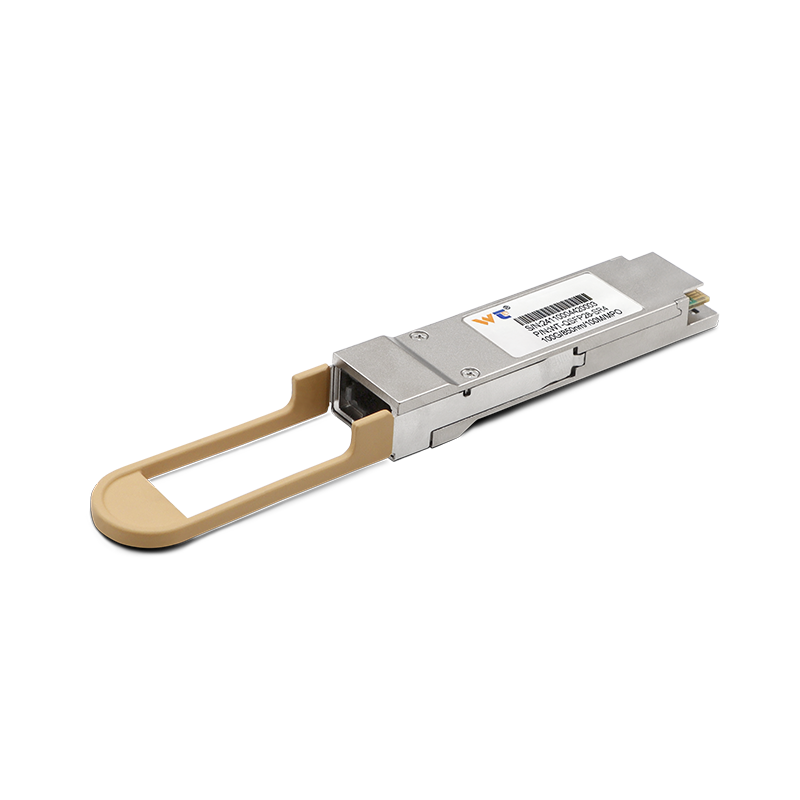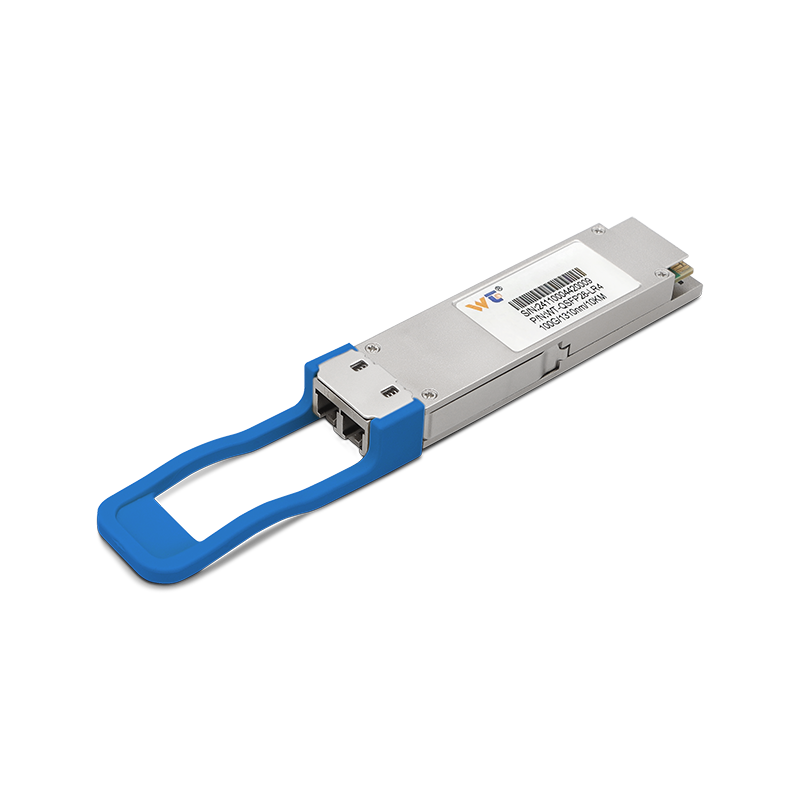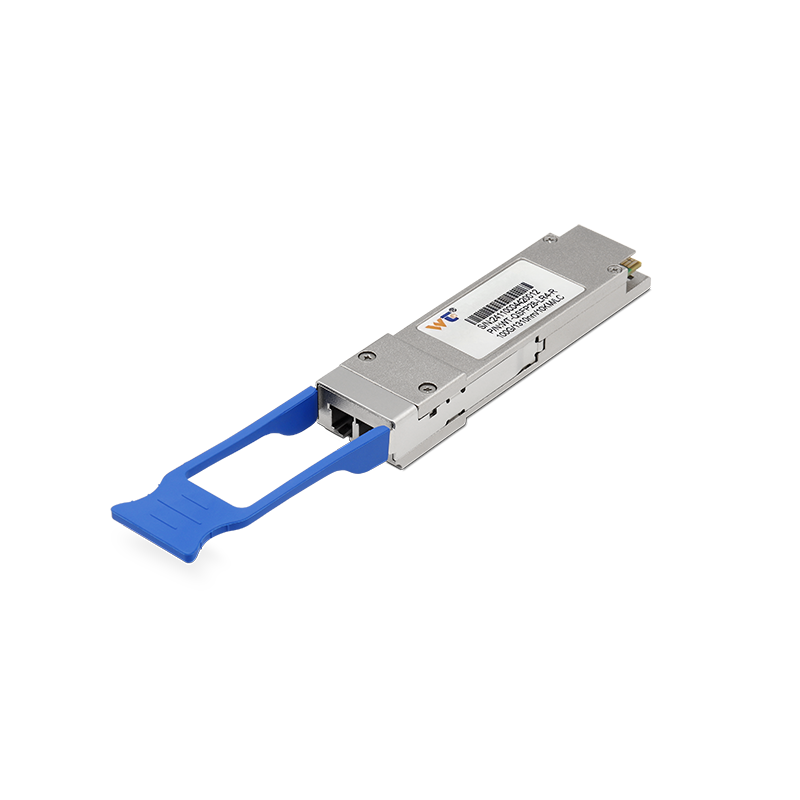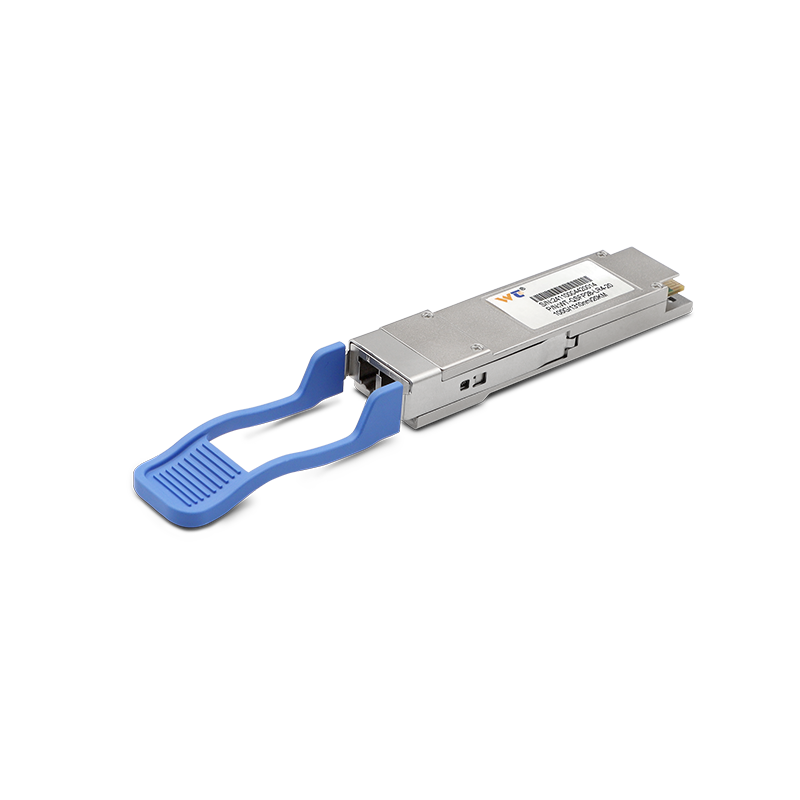The optical module industry is at a pivotal stage, bridging advanced communication technologies and intelligent manufacturing. As we approach 2025, industry demands are evolving rapidly. The proliferation of data-driven applications is creating an insatiable appetite for high-speed connectivity. Not only are manufacturers seeking enhanced reliability, but they also require modular solutions that can seamlessly integrate into evolving technological landscapes.
Optical modules are a crucial element in this transformation, serving as the backbone of data transmission systems. With advancements such as 100G optical modules emerging, the market is experiencing a paradigm shift. According to recent analyses, the optical module market is projected to reach $8 billion by 2025, driven by increased adoption in sectors like cloud computing, telecommunications, and smart manufacturing. The demand for high bandwidth and low latency solutions is increasing, with optical modules playing a vital role in supporting these needs. Companies are focusing on optimizing their real-time warning systems within manufacturing processes, further amplifying the necessity for reliable optical interconnects.
| Technology Type | Functionality |
|---|---|
| SFP+ | Small Form-Factor Pluggable; supports up to 10 Gbps speeds |
| QSFP28 | Quad Small Form-Factor Pluggable; designed for 100 Gbps transmission |
| CFP2 | C Form-Factor Pluggable; ideal for high-capacity connections |
| PLC Splitters | Passive Optical Components; used in fiber optic networks for signal distribution |
In examining the various types of optical module technologies, it's essential to highlight the specific features they bring to the table. For instance, SFP+ modules are compact and cost-effective, primarily facilitating data speeds of up to 10 Gbps. This makes them ideal for short-range applications. Meanwhile, QSFP28 modules are engineered for higher performance. They are capable of handling data rates of 100 Gbps, enabling them to power today's data centers and enterprise-level networks. The CFP2 modules serve as a robust option for longer distances, while PLC splitters are critical for distributing signals in optical networks across vast distances. Each type combines to form a complex network system, optimizing performance at every level.
As we move towards 2025, the integration of 100G optical modules in intelligent manufacturing is becoming increasingly relevant. Consider a scenario where a manufacturing facility incorporates these modules into its automation systems. In such a setup, real-time monitoring and immediate response capabilities can enhance operational efficiency dramatically. For example, during a sudden equipment malfunction, a real-time warning system can trigger alerts transmitted via 100G links, ensuring downtime is minimized. This dependency on high-speed optical connections aligns perfectly with the modern manufacturing ethos, where efficiency and responsiveness are paramount.
Our website offers a diverse range of optical module products, each rigorously tested to guarantee superior performance across various applications. Whether it’s for high-speed data transmission in data centers or long-distance communication across telecom networks, our optical modules are meticulously engineered to meet your needs. When you choose our products, you are investing in reliability and innovation, ensuring that your systems remain cutting-edge and effective in today's fast-paced tech landscape.
In conclusion, the optical module landscape is poised for remarkable growth as we head towards 2025. With escalating demands for bandwidth and the advent of intelligent manufacturing, the role of advanced optical modules cannot be overstated. By leveraging robust technologies such as 100G optical modules, industries can harness the potential of instantaneous data transmission to optimize manufacturing processes and enhance overall operational efficiency. As the industry continues to evolve, staying ahead in the optical module game will not only be crucial but indeed transformative for players across the spectrum.






